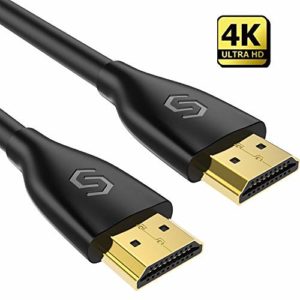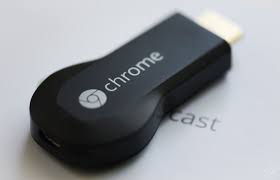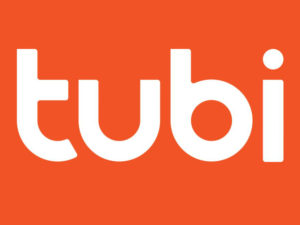The Process Behind Cord Cutting
Cutting the cable cord has fast become commonplace. Years ago everyone wanted cable or satellite service. Now with economic downturns, rising cable company prices and poor cable company customer service have driven many to reconsider paying the exorbitant prices required to keep cable service on. According to a report released by SNL Kagan, the pay-TV industry lost 217,000 subscribers during the second quarter of 2013. If you’re interested in learning how to get rid of cable and go without cable box but don’t understand the process, the following information will help you navigate your options.
| Name | Description | Our Reviews | Price | Where To Get It |
|---|---|---|---|---|
| Streaming Media Device for Movies, TV, Music, Sports, and Weather | Roku Review | $49 - $99 | Roku Official Site | |
| HD Antenna by | Used to get HD local channels over the air for free. | HD Antennas Reviewed | $29 - $69 | HD Antennas from Amazon |
| New and classic TV shows, movies, and music. Includes free Amazon shipping | Amazon Prime Review | FREE 30 Day Trial | Free 30 Day Trial of Amazon Prime | |
| New and classic TV, Movies, and News | Hulu+ Review | $7.99 per month | Sign Up for Hulu+ | |
| New and classic TV, Movies, and award winning original programming | Netflix Review | 1 YEAR FREE!!! >>> | Sign up for Netflix today | |
| Every WWE Live PPV, Original programming, and every WWE/WCW/ECW PPV ever made along with thousands of hours of television and documentaries. | WWE Network | $9.99 | WWE Network | |
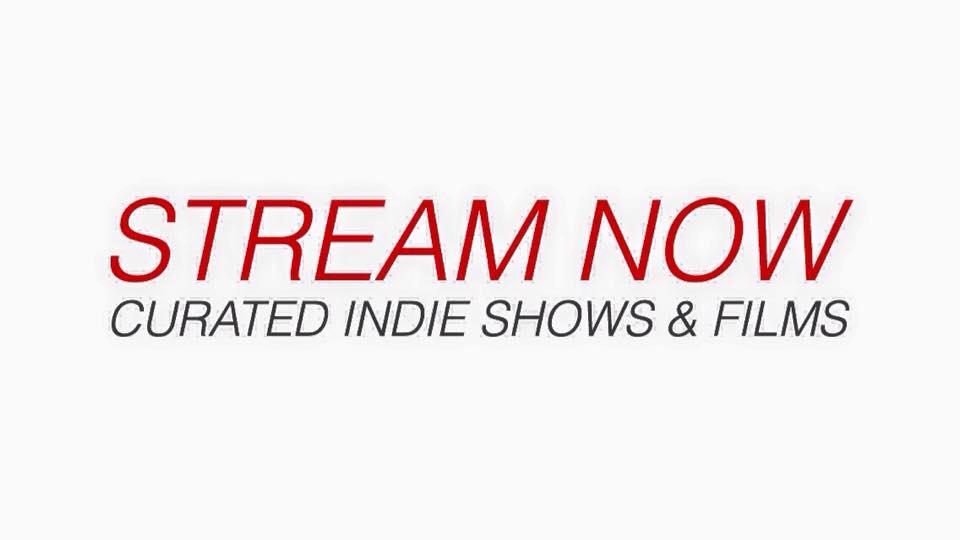 | Stream Now TV is a new content curation service that finds the best “best web based shows and films to watch on your time.” | Stream Now TV Review | FREE | Stream Now TV |
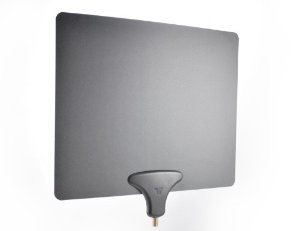
Determine Your Reason for Becoming a Cord Cutter
People usually cut the cord for one of two major reasons: budget constraints or lifestyle changes. The budget conscious get weary when their bill continues to increase and the service offering remains the same. Those who change their lifestyle might find that the best way to cut the cord to experience more travel, reduce a child’s screen time or discover how new technologies work. You should establish your reason for cutting the cord, because it determines how you approach your options on the market.
How To Still Watch TV Without Cable
The modern cord cutter has access to a wide range of programming options. The type of television set you have–analog or digital–will determine the type of equipment you purchase. Smart TVs come with various streaming apps. Keep in mind that you can gain television programming access by installing very little hardware. In addition, you will need a good Internet connection to enjoy a wider range of services. This might require that you continue your Internet service with your cable provider; cable tends to offer the highest speeds.
Get Programming Using an Analog/HD Television and Antenna
If you are interested in receiving just a few channels, such as your local programming, you may want to  purchase a digital or HDTV antenna for around $30. The digital tv antenna converts the digital signals used by media networks into analog signals your analog television can use. If you have an HD television, you can purchase an HD antenna to begin receiving your local channels. This set-up will deliver you to watch local channels, some favorite cable channels, some movie channels and premium channels including those that offer older programming, such as older sitcoms and dramas, and your favorite shows.
purchase a digital or HDTV antenna for around $30. The digital tv antenna converts the digital signals used by media networks into analog signals your analog television can use. If you have an HD television, you can purchase an HD antenna to begin receiving your local channels. This set-up will deliver you to watch local channels, some favorite cable channels, some movie channels and premium channels including those that offer older programming, such as older sitcoms and dramas, and your favorite shows.
Alternatives to Satellite And Cable
Many people use their Internet connection to view programming using an Internet browser or other device. Several companies, including Netflix Hulu, and Amazon Prime Video, for example, offer online streaming services like Netflix. Netflix offers an extensive library of movies and television shows that you can stream using your laptop, tablet, smart TV, Amazon fire tv, Apple TV, or smartphone with a free trial. You can subscribe to one of these services for roughly $7 per month.
In order to watch movies and television shows and movies on your television, make sure you have an Internet-ready TV or a device, such as a gaming console, that picks up wireless Internet connections.
For example, if you have a PlayStation 3 or 4, the console can stream Internet to your television. The PlayStation and Xbox offer consumers the option of accessing Netflix, and other streaming services, through the console. You can also purchase a Blu-ray disc player with wireless Internet access. Consider the use of a streaming stick also. Many of these devices, such as those designed by Sony and Samsung, offer multiple streaming applications, including Netflix Hulu and others.
Some networks, such as AMC, offer full episodes of their most popular shows and movies. Consequently, you can access these shows using any Internet-ready device.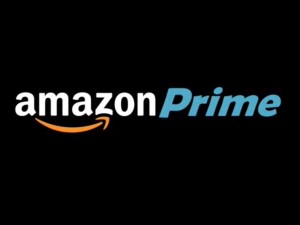
A relatively new technology called the streaming-media box has become popular among cord cutters. The streaming-media box delivers access to a wide range of services and features for Internet-ready television sets.
You can purchase a streaming-media box, such as the Amazon Prime Fire TV, Roku (rights reserved), Google Chromecast or Apple TV, for between $35 and $130. The devices offer “channel stores” that list hundreds of premium channels, such as Pandora, YouTube TV, Hulu Plus and Amazon Prime Cloud Player on your Amazon fire (a great streaming device), for you to browse and watch. You can also search major television channels online to discover what streaming services they offer.
If you want to get rid of the cord, you are not alone. Many people are moving toward streaming Internet services to access their programming needs. It’s simple to become a cord cutter if you understand your reasoning for this approach and what products and options are available to you. The cord cutter industry offers a wide range of strong programming alternatives.
Getting Rid Of Cable TV And Satellite
It’s becoming ever more common that consumers are cutting out the bill from their deluge of monthly costs. There are plenty of reasons why you should ditch the cable box (or satellite), and some great alternatives that beat cable TV in almost anyway possible exist right now. Let’s look at why you should cut the cord, and how you can replace cable with services that are better than what you are currently using.
In the 90’s and 2000’s, cable companies had complete market dominance. Because of this, they resisted common consumer desires such as à la carte packages or channels with more niche content. Sadly, most people continued to pay big bucks every month for dozens upon dozens of channels that they had no interest in, alongside the extra costs such as monthly charges for the receivers that most companies ask for.
Likewise, prices have continued to increase for what is a truly declining service. Let alone all of the drama between the channels and the cable providers in regards to their blackouts, or even the fact that cable is an antiquated and inefficient way of watching TV in the era of broadband internet. It’s really no wonder that more people than ever have moved on from cable.
Besides the ability to choose the channels that you actually want to watch, why should you go through the trouble of going without cable and setting up a streaming device like Apple TV? The main reason, as mentioned above, is pricing.
Cable, for what little it offers to the consumer in today’s market, continues to rise in price year after year. As we will discuss later, you can easily get a number of high quality streaming options at half or the price that you pay now for cable.
The best part, if you don’t like streaming and want to go back for some reason, you can probably negotiate a far better deal than you had anyway.
Now that you’ve made the decision to cut the cable tv cord, you should probably take a look at what your options are in terms of replacing cable. The first thing you’ll need to do is figure out what devices you watch TV on, and what sort of streaming device you may need to purchase for a TV.
While we’ve also talked a lot about streaming, there are also some other options besides streaming that you can look at, or may even have to settle with depending on your location.
Streaming is easier than ever, and plenty of options exist for different needs. If you have a poor DSL or Cable internet connection and older TVs, computers, or devices, the good news is that streaming is easy for set-ups like that.
Most Roku set-top devices (but not the thumb-stick variants) have the ability to connect to even old CRT TV sets, and most services can stream in low resolution which is easier for slower internet connections and older PCs to handle.
However, one major issue comes when you live in rural areas where satellite and internet are the order of the day. Just like with cable television, cable and satellite TV services continue to rise in price and decline in quality year after year, so it’s to be expected that you would want to “ditch the dish” so to speak.
The sad thing about satellite internet, despite being a boon for communities that would otherwise have no access to the internet whatsoever, is that it isn’t very effective for streaming even the lowest resolution video. The upside is that there are a few options.
The first is to get an digital antenna. There are plenty of cheap and affordable options that can get you essentially free access to local TV stations.
The only downside to one of these is if you live in an area too far away from a local TV station to receive a signal, or if you live in an area with a thick tree canopy you probably won’t be able to get a signal. Other than that, there are options (such as Youtube TV, Google Play, Amazon, and MoviesAnywhere), that allow you to purchase and download movies and TV shows to your computer eliminating the need to stream them.
With satellite, it could take a few hours, but it’s better than nothing.
If you do have access to decent internet services, here are your options for streaming with:
Desktop or Laptop PC
Your computer is a ready to go device for streaming anything you want. With the magic of HDMI cables, you can easily hook a computer up with an outgoing HDMI connector to your TV set. Granted, moving even a laptop back and forth from an entertainment set-up can be tedious and means that your computer will have to be dedicated to streaming while you watch rather than any other useful automated functions (such as downloading movies you’ve bought).
Video Game Consoles
Most people have some sort of game console in their home, and chances are they’re already at an entertainment center and hooked up to a TV. The great news is the most modern game consoles are capable of running the majority of streaming services you will be interested in, and can serve as fully functioning replacements for Roku and other similar streaming devices.
If you’re using a PS3 or PS4, you can usually find any of the same services offered by Roku and Amazon without having to buy an extra device.
Set-top Boxes and Sticks
While they’re usually called boxes, they often come in the form of an USB stick. There are quite a few brands that act mostly the same with a few nuances.
The most popular by far is the Roku line of set-top devices. They’re versatile and connect with almost any service you wish and work on virtually any TV.
Amazon Fire TV is a solid competitor that interfaces with the Alexa device and works well with Amazon Prime. After that is Chromecast. Chromecast has similar functions akin to a Roku device, but it’s main claim to fame is the ability to “cast” content straight from your phone or computer to the TV set that has the chromecast device.
If you enjoy steaming from websites that don’t have channels on Roku or Fire, or you have a large library to play through on your computer, this might be your best bet.
How do you choose between a set-top device and a stick?
Both have their pros and cons, and both have a wide array of options for different needs.
In general, sticks are convenient and space efficient, and often times far cheaper than boxes. However, the downside is that they rely on Wi-Fi connections, only connect via the tv’s HDMI port, have weaker processing capabilities, and have no storage space.
All of this means that they won’t be able to stream 4k very easily, and will suffer from connection issues from time to time as Wi-Fi can be unreliable if your device isn’t in the same room as your router. On the other hand, boxes can connect to Ethernet cables, are capable of connecting to multiple A/V signals, and are capable of running 4k streams on higher spec boxes.
Their disadvantage comes in the fact that they often run anywhere from $10 – $50 more than a stick depending on the option you choose. They also contribute to cord clutter around your device as they require power cords, HDMI cords (or some other A/V solution), and if you so desire an Ethernet cord.
How do you chose services?
Probably the most fun and daunting aspect of cutting the cord is choosing a selection of services to replace the old cable television service that you just fired. The three things you need to ask are “What do I want to watch, how often will I be watching it, and how much was the old bill compared to the streaming options I’m interested in”?
When trying to find streaming channels, it all depends on your personal taste. If you mainly watched sports, most of the major sports channels including ESPN offer stand alone streaming options.
The same goes for movies, music, and news channels. If you were the type of person who watched a little bit of everything, you should seriously consider any of the live TV streaming services.
Hulu offers a live TV streaming service that includes access to their normal streaming service, as well as local TV and cloud DVR services. If local TV stations and Hulu’s normal steaming services are something you can live without, Sling TV, Philo, and AT&T all offer live TV packages at considerably cheaper rates.
In general, one of the great things about streaming is that you can subscribe to and drop channels at your leisure. If you love British dramas and subscribe to Britbox, you may find your self watching through everything that they have.
You can simply just cancel the service once you find that they have nothing more to offer you, and switch to a new one or just save the money. Compere that to paying the same amount per channel for dozens of channels offering up months of re-runs and stale content from other stations.
In general, most standalone channels tend to run under $10 per month. Meanwhile, live TV options tend to be in the range of $30 – $50 per month depending on the package and add-ons that you choose. Compare that to your old cable bill. In general, it was probably no cheaper the $60 per month, though they are usually in the $90 range.
Keep in mind that Roku and other devices have access to a wide array of free streaming options that offer as much if not more programming than cable tv. Sure, some of the free streaming channels may be populated by syndicated programming from the 80’s or blockbuster hits from yesteryear, but that sure beats paying $60 – $100 a month to watch re-runs of COPS and Golden Girls.
Many want to know: If you want to cut the cable bill and save money into things besides TV, what are some of the free or cheapest programming choices you have? We’ll break down some of the best available options and what they have that makes them a viable alternative to cable tv.
YouTube: $0 – $50
YouTube offers a wide selection of choices and is pretty much a quintessential pick for starting out with streaming. YouTube offers videos from creators, networks, publishing firms, and even everyday people. The normal basic YouTube app is free to use and ad supported, and for $11 you can get the streaming services with no ads and access to YouTube Music. For $50 per month you can get access to YouTube’s live TV service which offers similar things to Sling TV and Hulu, though the DVR options are better and you can have it on up to 6 devices, which is the most allowed device access of all of the different live TV options. Granted, if you only plan on watching on one or two devices, you may not need this for the extra cost.
The Roku Channel: $0
When you first set-up your Roku device, the starting channel that you’ll have access to will be the Roku Channel. It’s nothing that special compared to other options, but it pulls some of the best free content offered on the Roku device into one place, making it a go-to hub for cool (and free) content.
Tubi TV: $0
Tubi TV is an ad supported platform that boast a selection of over 7000 different TV series and movies to choose from. Almost every genre is supported, with Anime, westerns, Sci-fi, dramas, international movies, and TV classics galore.
Crunchyroll: $0 – $6.99
If you love anime, or live with an anime fan, Crunchyroll will be a boon for you. Offering a wide array of new and classic series and movies for free with ads, you can find hours upon hours of content. For an extra $6.99 you can get simulcasts and ad-free HD streams. Combine this with Tubi and YouTube and you’re pretty much set if all you care about is anime (which is pretty common for some fans).
PBS & PBS Kids: $0 – $60 per year
PBS offer a wide array of it’s well known and beloved kids and adults programming across two different services. All of it is free, with the exception of some content locked behind the optional Passport program. Passport requires a donation that costs around $60 per year depending on your local stations requirements. Regardless, what they do have for free is plenty enough to enjoy casually and best of all, no ads!
In closing, you can save a ton of money and get better entertainment options if you make the decision to get rid of cable tv and rid yourself (and your budget) of the costs and hassles that cable or satellite TV comes with.


